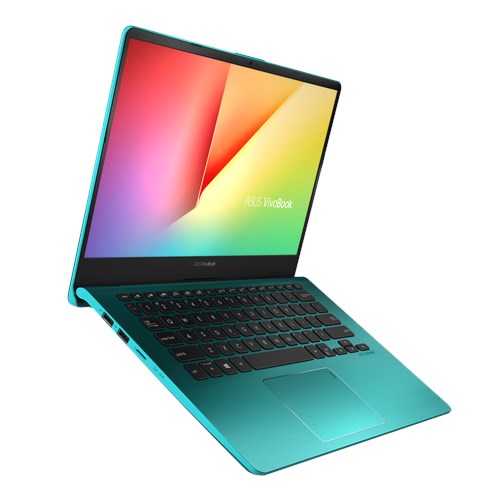Fedora & Windows running on a VivoBook S14

Why did I choose the ASUS VivoBook S14?
For the price (THB27,990), this thin ASUS laptop comes with amazing specs. It features an Intel i7-8565U processor, 8GB of RAM, and a combination of SSD + HD. Despite being its 14" size, this laptop only weights 1.4kg, which makes it very easy to carry.
And, as opposed to the ZenBook series which can't be upgraded, this one can. So here are the upgrades that I did:
- Added 8GB DDR4 memory, which totals 16GB
- Replaced the 256GB SSD with a 512GB SSD, which totals 1,5TO. Plenty enough...
Why Dual Booting Fedora And Windows?
Fedora 30
The OS I use on a daily basis for web development. It's fast, secure and provides a sleek user interface.
Windows 10
I am amateur photographer (check my 500px profile), and I use Lightroom to edit my photos. Occasionally, I also need to design or retouch things with Photoshop.
Installing Windows 10
As I immediately replaced the SSD, I had to install Windows 10 by myself. The easiest way is to use another laptop and USB flash drive that is at least 8GB. Here is a very short step-by-step guide:
- Simply go to Microsoft Website to download Windows 10. Ensure you select the correct version of Windows, or you will not be able to activate it. In my case, my license was for Windows 10 Home x64 English.
- Using the Media Creation Tool, create the USB flash drive
- Once finished, insert the flash drive in your VivoBook and turn it on
- The Windows setup shall start. Create a 250GB partition for Windows 10 as the rest will be used by Fedora
- You're done!
Installing and Configuring Fedora 30
This was the first time I actually installed Fedora myself (my lead developer did it for me in the past). In my opinion, installing Fedora 30 much easier and faster than installing Windows 10. Please note that I prepared my USB flash drive using my old laptop, which runs on Windows 10.
- Download Fedora 30 Workstation using Fedora Media Writer. Do not use Rufus or you will run into issues.
- Insert the newly created flash drive into your VivoBook and start it
- Follow the setup and choose the option to install on your hard drive rather than the "Live" version
- Ensure you select the unallocated space on your SSD (should be about 200GB)
- That's about it.
Troubleshooting
If your SSD is not detected by Fedora setup, then you might need to change the SATA option in the BIOS. My laptop offered two SATA Mode selection:
- AHCI
- Intel RST Premium With Intel Optane System Acceleration (default)
I had to switch to AHCI for Fedora 30 to detect my NVMe SSD.
Base Configuration
- Install NVIDIA Drivers, as my laptop uses an MX150 which works seamlessly with NVIDIA Optimus® technology. Follow this guide
- Install Gnome Tweak Tool using
sudo dnf install gnome-tweak-tool, which offers a convenient way to tweak the UI and behavior. I use this to change what happens when I close my laptop's lid. - Install snap which is my favorite of getting packages
Configuring Fedora for web development
This is my own setup, which is mainly oriented towards frontend development.
- Install Chrome via Software Center
- Install Docker which as of today seems stable on Fedora 30
- Install Node.js & npm
- Install Yarn
- Install Visual Studio Code by running
sudo snap install code --classic - Copy all SSH keys to
~/.ssh, includingknown_hosts